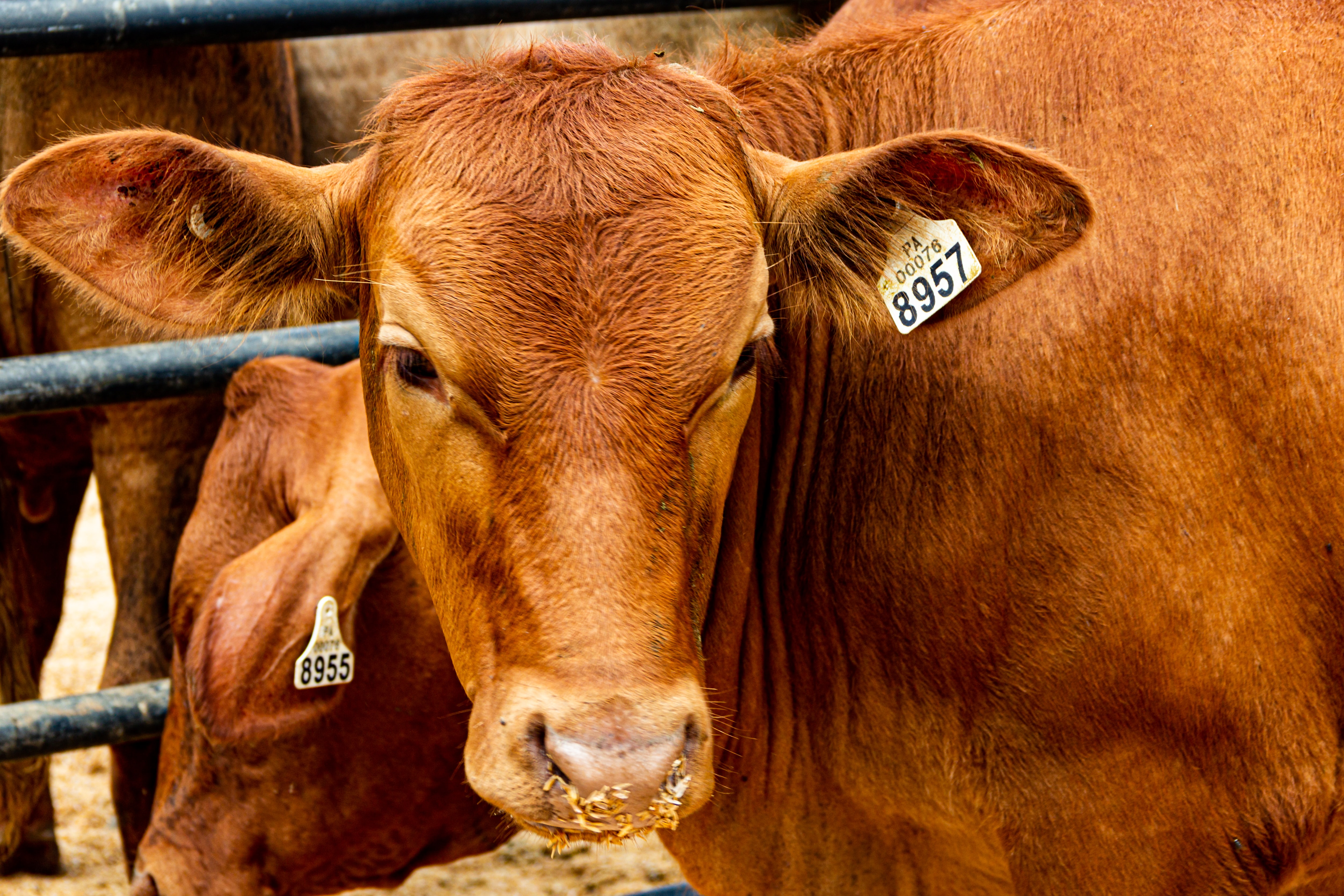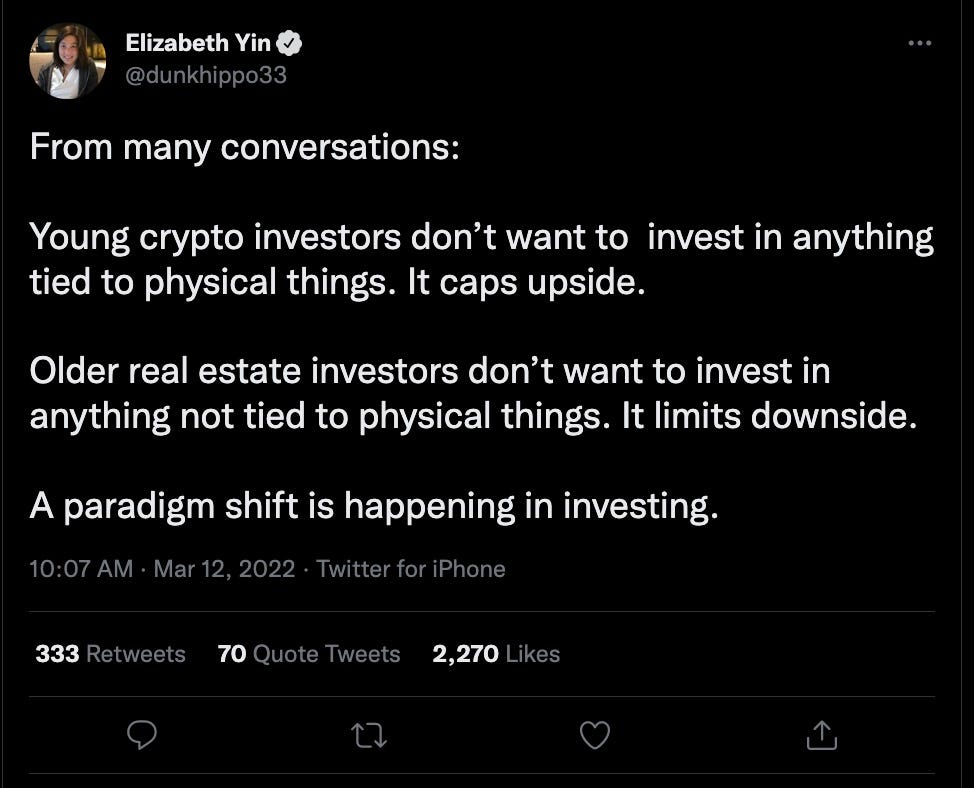“We are going to replace animals in the food system by 2035,” said Pat Brown, founder and CEO of Impossible Foods, in late August 2019.
According to a Harvard Business School case study on plant-based meat alternatives:
“In 2016, after $80 million in research and development, Impossible Foods launched its first product: a plant-based imitation of ground beef that, compared to the real thing, generated about 89% less greenhouse gas emissions, and required 74% less water and 95% less land.
After leaving his full-time role at Stanford in 2011, Brown raised $3 million from venture capital firm Khosla Ventures to fund the hiring of a small team of researchers. Their goal was to develop a plant-based product that could be prepared, cooked, and consumed just like ground beef – and, most importantly, be so similar to the real thing that beef lovers would not know the difference; switching would not require compromise.
Unlike many plant-based products already on the market, the product would be specifically geared towards meat eaters, not vegans and vegetarians. It would compete with beef by appealing primarily to mouths and stomachs, not exclusively hearts and minds. ‘Educating and shaming and persuading is not how you get people to change diets,’ said Brown. ‘People who love meat are going to keep wanting it, so the way to eliminate the industry is to develop meat from plants that tastes better than meat from animals.’”
Brown’s strategy to replace animal protein by focusing on taste is brilliant. That strategy sparked a movement that has forced the meat industry to respond.
Multiple brands have launched hybrid products, like Perdue Farms’ popular chicken and cauliflower nuggets, and its ‘chicken-plus’ product range made in collaboration with Sacramento startup, The Better Meat Co. And Tyson, Cargill, and other processors have invested in plant and cell-based meat startups, which shows that they are hedging their business, just in case Pat Brown succeeds and alternative meats grow market share in a big way.
These are smart moves; they’re also reactive moves.
And it’s time for the meat and poultry industry to get proactive.
Brown tapped into the pipeline of venture capital to fund his company’s research and development work, but the market cap of the top 10 meat companies is over $100 billion combined. That market cap becomes even bigger when you add in the big players of adjacent spaces with a vested interest in the future of animal production, such as animal health and animal nutrition. Don’t tell me these companies can’t throw down the gauntlet to generate big innovation.
The capital exists to incentivize game-changing innovation in animal protein. Does the will?
My favorite ‘innovate the core product’ example is ultrafiltered dairy-based drink Fairlife Milk, a breakthrough product in the epitome of a commodity space, and now a growth brand for one of the largest beverage companies in the world. Owned by Coca-Cola, Fairlife didn’t just break through the milk category; they broke through in the broader beverage category.?
Another case study is the ‘discovery’ of the flat iron steak. According to The Hustle:
“In 1998, the [US] National Cattlemen’s Beef Association — the industry’ largest trade group — gave a pair of meat scientists $1.5 million in grant money and a seemingly impossible mandate: Find a new cut of meat that centuries of professional butchers had missed. Three years later, the world was introduced to the flat iron steak.”
The takeaway? Aligning resources and incentives around clear objectives delivers results.
The flat iron example brings up another potential capital source to drive protein innovation: Checkoff dollars. These dollars must be invested in programs to increase consumer demand, and to create opportunities to enhance producer profitability. Maintaining relevance and the future of the industry seems directly linked to increasing consumer demand and creating opportunities to enhance producer profitability…wouldn’t ya say?
There simply must be a way to triple down and innovate our way into a secure future for animal protein. Some questions to consider:
- Why does animal ag keep tweaking around the edges of innovation and consumer education, instead of waging an all-out war to prove definitively the relevance and importance of animal protein to consumers, rural economies, and ecosystems?
- Where’s the $1 billion research and development investment to innovate meat and poultry from within? To address consumer concerns about sustainability, transparency, animal well-being, and so on?
- What would happen if meat companies created venture studios to find solutions that reduce greenhouse gas emissions in beef production by 80%?
- What would happen if Tyson, Cargill, Perdue Farms, Pilgrim’s Pride, et al allocated venture dollars to innovation that aligns the way meat is produced, processed, and sold with changing consumer preferences?
- What would happen if every checkoff program identified key objectives — such as improving or demonstrating animal wellbeing, or finding feed additives that maintain animal health and performance with 75% less antibiotic use — and created grants or low-interest loans to fund the work?
And perhaps most poignantly, what would happen if the meat & poultry industry took a page right out of Pat Brown’s playbook and decided to innovate their way to consumer’s wallets?



